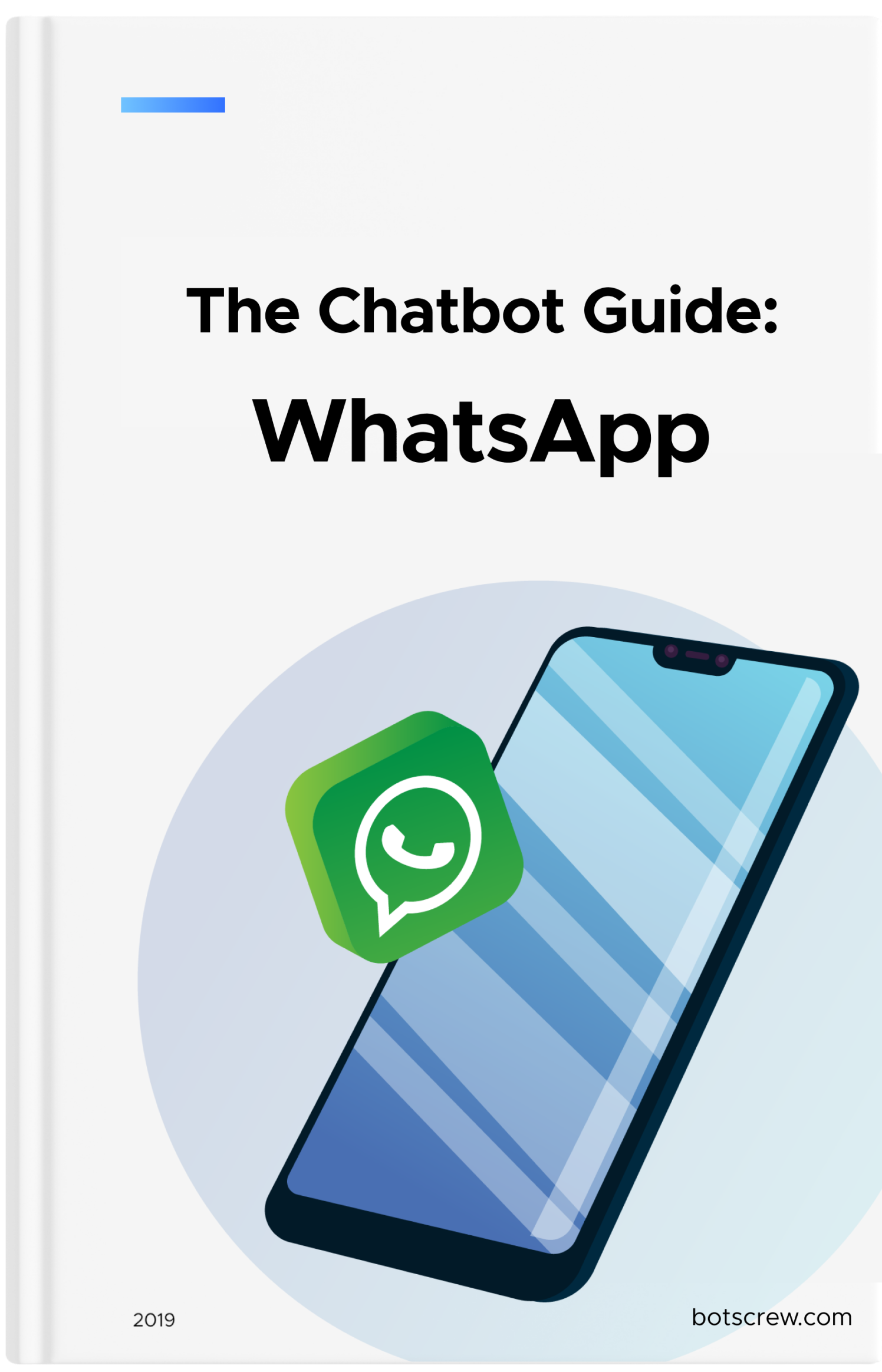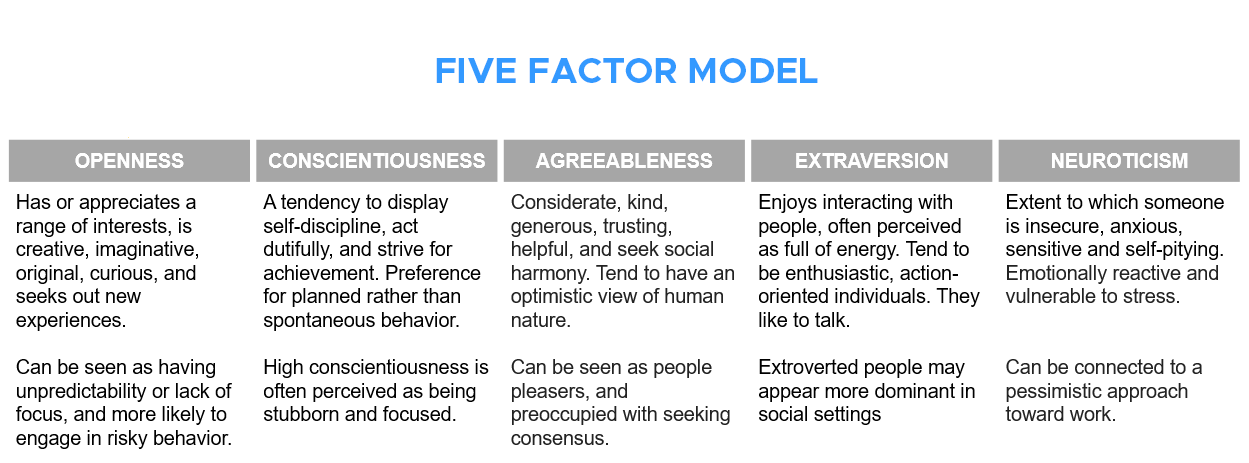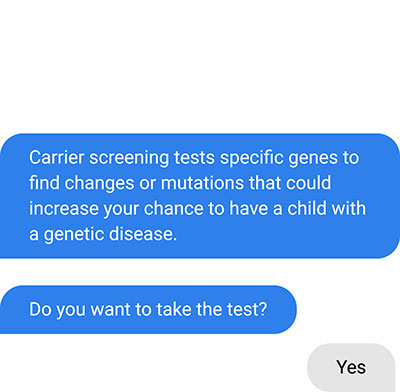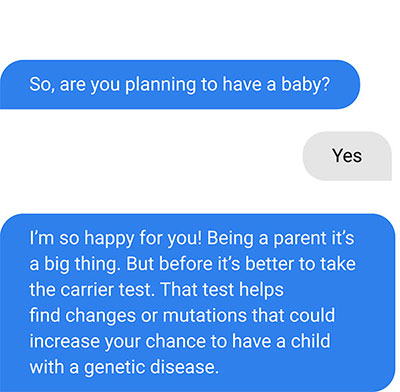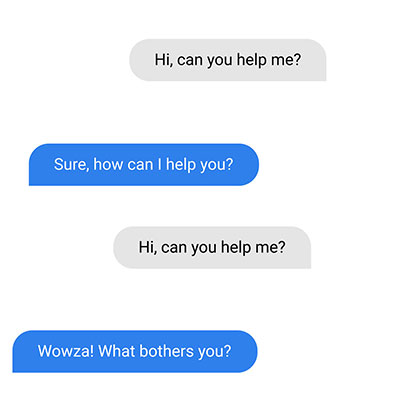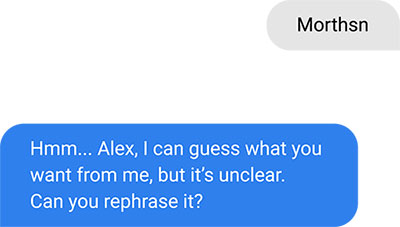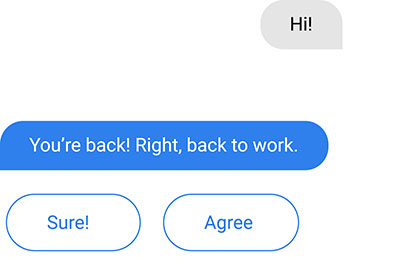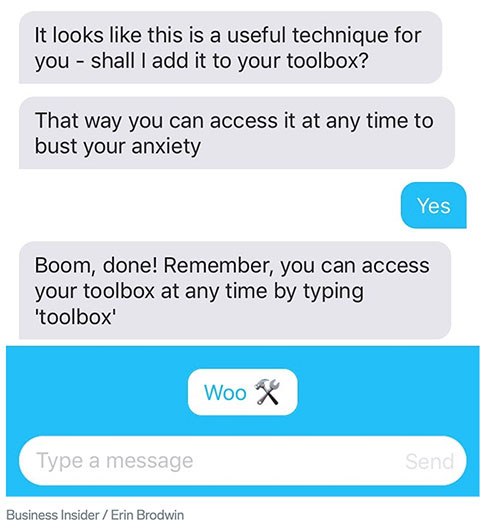Conversational AI & Psychology: How To Make Automation Personal
Meet Woebot. An artificially intelligent chatbot that uses the principles of cognitive-behavioral therapy. CBT is one of the most heavily researched clinical approaches to treating depression. It encourages people to examine how they react to challenging situations.
However, the interesting part of this chatbot is not its goal to help people or the knowledge it has, but some things like:
– remembering what you both were talking about before;
– having fun chatting with Woebot.
You feel like you are talking, maybe not to your therapist, but to someone who listens and wants to help.
The principles in psychology say that every person wants to be heard and treated individually. So we will explain how you could implement that approach in making automation more personal.
But before we start…
Important note!
As a company, we notice one pattern within our leads, clients, and discussions on LinkedIn. In 2017 everyone talked about chatbots. Now we have the same debate about something called “Conversational AI." Moreover, people are comparing Conversational AI and chatbots. Smart conversations vs. predefined answers.
Some of our hot leads even got disappointed (and cold) when hearing that we are a chatbot development company – “Not a Conversational AI?" So we decided there is a need to explain different types of chatbots.
Firstly, Conversational AI is not a new thing. It existed, but by a different name – AI-powered chatbots. This type of chatbots is the most advanced.
By leveraging machine learning and natural language processing, AI-powered chatbots can understand the intent behind your customers' requests, account for each customer's entire conversation history when it interacts with them, and respond to their questions in a natural, human way. Hubspot Blog
Secondly, this shift in names and development of the new catchy term suggests the shift in automation approaches. Once it was just enough to use a chatbot to ask simple questions, and the user answered them with buttons. Based on that, the chatbot summed up collected info and provided a reply. For some businesses, those chatbots aren't always the best solution. Complex cases need complex chatbots, AI-powered chatbots, Conversational AI – you got the point.
If you are sure that your business needs a complex solution like an AI-powered chatbot, we have created a list of top 10 chatbot development companies that can make smart chatbots. But smarter doesn't mean personal yet.
While developers are coding, doing the front-end, and filling a chatbot with knowledge, you also can take part in making automation more personal.
Where things get personal?
Personalization starts with a chatbot persona and personality. Why? Because people have always created personalities for objects when they possess those objects.
As Lisa Feldman Barrett, a professor of psychology at Northeastern University, said in discussion with a conversational designer:
People have always talked to their cars; they’ve talked to their plants; they’ve talked to their blankets; they’ve talked to their stuffed animals. It’s just that now the things talk back.
So if you want your customers to enjoy talking to a chatbot, give it a persona and personality. Those terms aren't actually synonyms; both have different meanings and applications.
A persona is the set of attributes that define a social role, whereas a personality is the unique combination of emotional and behavioral drivers visible in the way we act. In other words, a persona is like a ” who” while personality is a “how” – how a chatbot will interact with a user.
Let's dive into how to create a chatbot persona
Chatbot Persona consists of three things. Users+Brand+Purpose. Answering questions about what is the purpose of your chatbot, who will talk with it, and how these conversations communicate your brand values will help you decide on a persona. Here are some suggestions on how to answer it better:
1. Users
What are your customer segments, and which ones will interact with a chatbot? Talk to your marketing or sales department to get the info of the Buyer Persona who regularly purchase your product or service. Based on the Buyer Persona, you can create a chatbot persona that is more likely to connect with your target market.
2. Brand
What is your Brand Equity Model? How should customers think and feel about your product? What is the experience around your brand?
3. Purpose
What is the role of a chatbot? Gathering feedback? Support? Consider what type of human role your bot is simulating.
Look, here is an example. You can use it to create your chatbot’s portfolio.
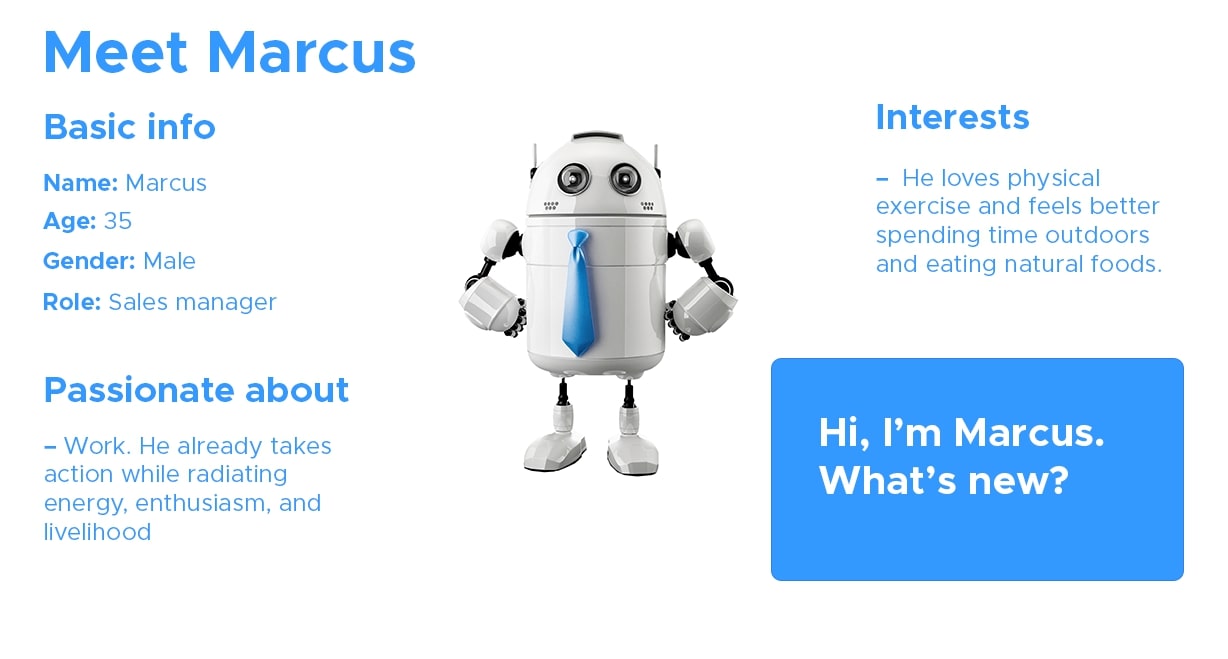
What about personality?
To define personality, here we need a bit of psychology. Usually, we define it through the lens of the Five Factor Model (FFM) or the Big Five. Many contemporary personality psychologists believe that there are five basic dimensions of personality: extraversion (also often spelled extroversion), agreeableness, openness, conscientiousness, and neuroticism. Here is an example from Stefan Katz:
The combination of five dimensions defines our fundamental personality. People can be scored as high, low, or something in between on all five factors. And those traits drive our behavioral and emotional responses.
Thus, you can decide which traits are essential for your chatbot. To do so, rely on the chatbot persona. For example, if a bot persona is a nurse who guides and educates patients about genetic testing, she might have a high rate of agreeableness and a low neuroticism rate.
CONSCIENTIOUSNESS
OPENNESS
Important note!
Some conversational designers tend to replicate gender stereotypes. Or vice versa – often make chatbots genderless.
There are specific contexts in which a gendered bot is more appropriate or effective. However, I've found that in most situations, an undefined gender is more effective. Stefan Katz
Our main tip for that is to ask yourself this: With whom will your users feel comfortable? Or refer to your customer experience strategy, and ask yourself why customers feel comfortable with your brand (if they do)?
Based on the answer, you can decide if you need him, her, or it.
How can your brand be involved?
Did you know that at the beginning, chatbot responses were written by scriptwriters? (Not from Hollywood, of course). It's not that strange, considering that scriptwriters are good at empathy. Readers quickly feel affectionate towards fictional characters, and the same with chatbots.
When thinking about a chatbot response to user requests, ask yourself this: How do you want customers to think and feel about your brand?
A chatbot can communicate the brand values throughout the whole conversation. But there are some particular messages it is better to keep in mind:
Welcome message;
Error message;
Answer to unrelated questions;
Goodbye message;
Small talk.
There could be different variations of those messages, depending on the previous conversation context.
Let's look at an example:
It's a common practice to use a user's name at the beginning of conversations. However, as Dale Carnegie said, a “person's name is the sweetest sound,” so that you can refer to the user name many times.
Below is an example from our conversational designer:
Moreover, personal automation comes through fun interaction. And chatbot should not be the only active side of conversations. You can give a user different options of how he or she can respond depending on the mood. People like having independence and freedom. Moreover, applying variations of quick replies creates the impression of a game or a chat with a real person.
Using images could be another interaction in the bot. It's not only about the avatar or brand colors. You can create images of a chatbot reaction or send gifs when it's appropriate.
What is the most personal thing in the world?
The most personal thing in the world is that a person remembers something about you. So, a chatbot needs to remember the context of previous conversations and propose solutions right away.
91% of consumers say they are more likely to shop with brands that provide offers and recommendations that are relevant to them. Accenture
How can it be done? A chatbot can refer to the previous context or data when handling the request. Here is an example from Casey Phillips:
But it's essential to do it right. For example, Amazon's Alexa will now guess what skills you want to use based on your questions. This sounds amazing, but what if it is bad? If Alexa infers a user's intent incorrectly and suggests an unwanted skill, then that person is bound to feel irritated.
What can be an alternative to pop up with proposals?
People like trying things by themselves. And to have an option to go back to the Main page, Main menu, saved items, etc. – for precisely what they need at this moment.
Woebot is an example of a successful, gentle approach to remembering and proposing the next actions. In each interaction, Woebot provides a small kernel of wisdom, called “tools." If any tool was helpful for you, he remembers that and stores it for later. So you check it out whenever you want. It's easy, simple, and useful.
Think about the information that your customers will need more than one time. Your customer support department definitely has some statistics, popular requests, etc.
Ask them:
to provide a website customer journey analysis
to share where customers want a more guided approach.
to provide the most common requests, where they tend to call your Customer Support and decide if giving a piece of specific information can be automated
After that, think of the best way to provide easy access to those pieces of information. Or leave it to conversational designers.
***
Alright, as it said, repetition is a mother of learning (and remembering). To sum up our thoughts, we created a template you can use to prepare answers for a conversational designer in advance.




